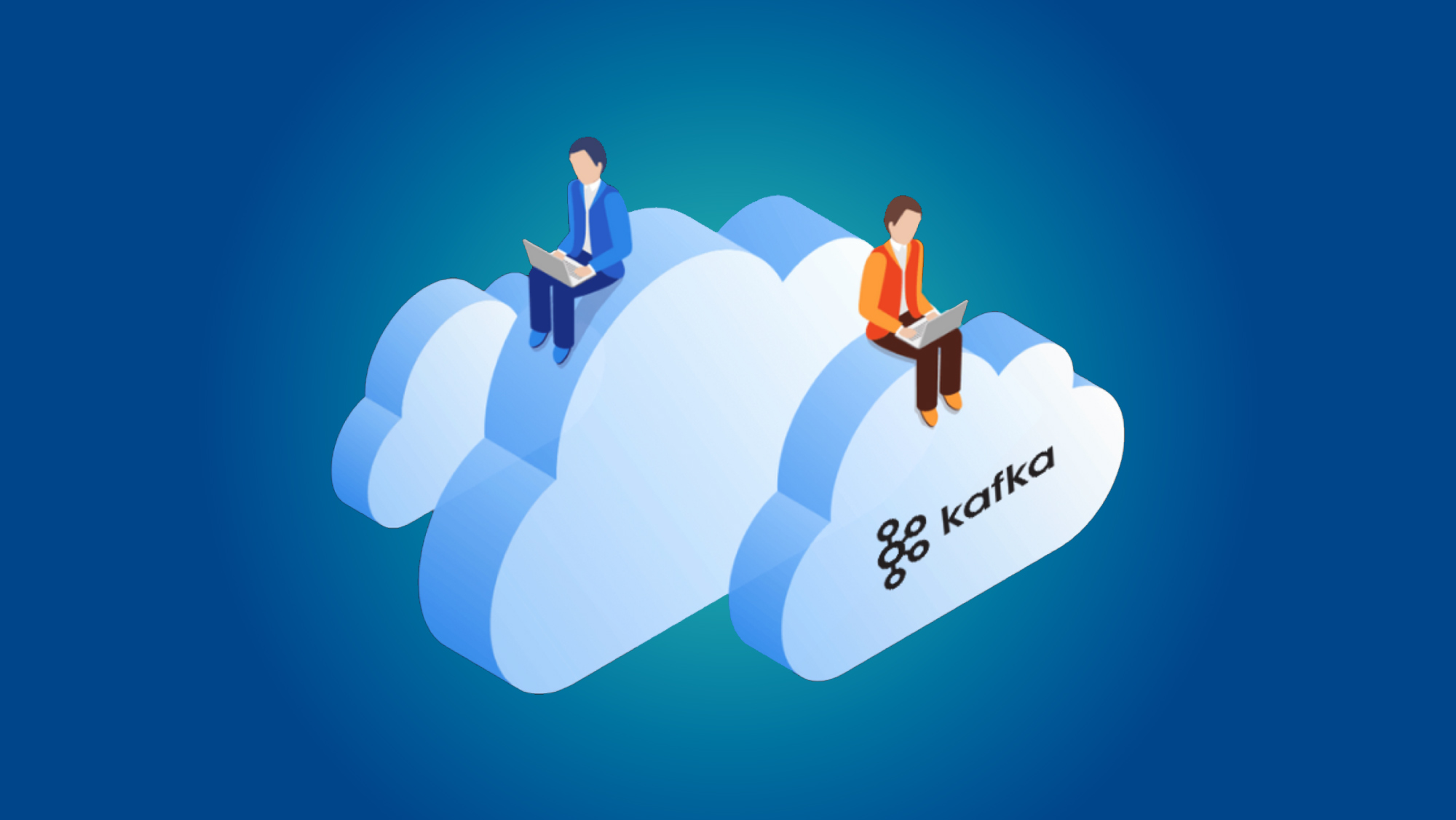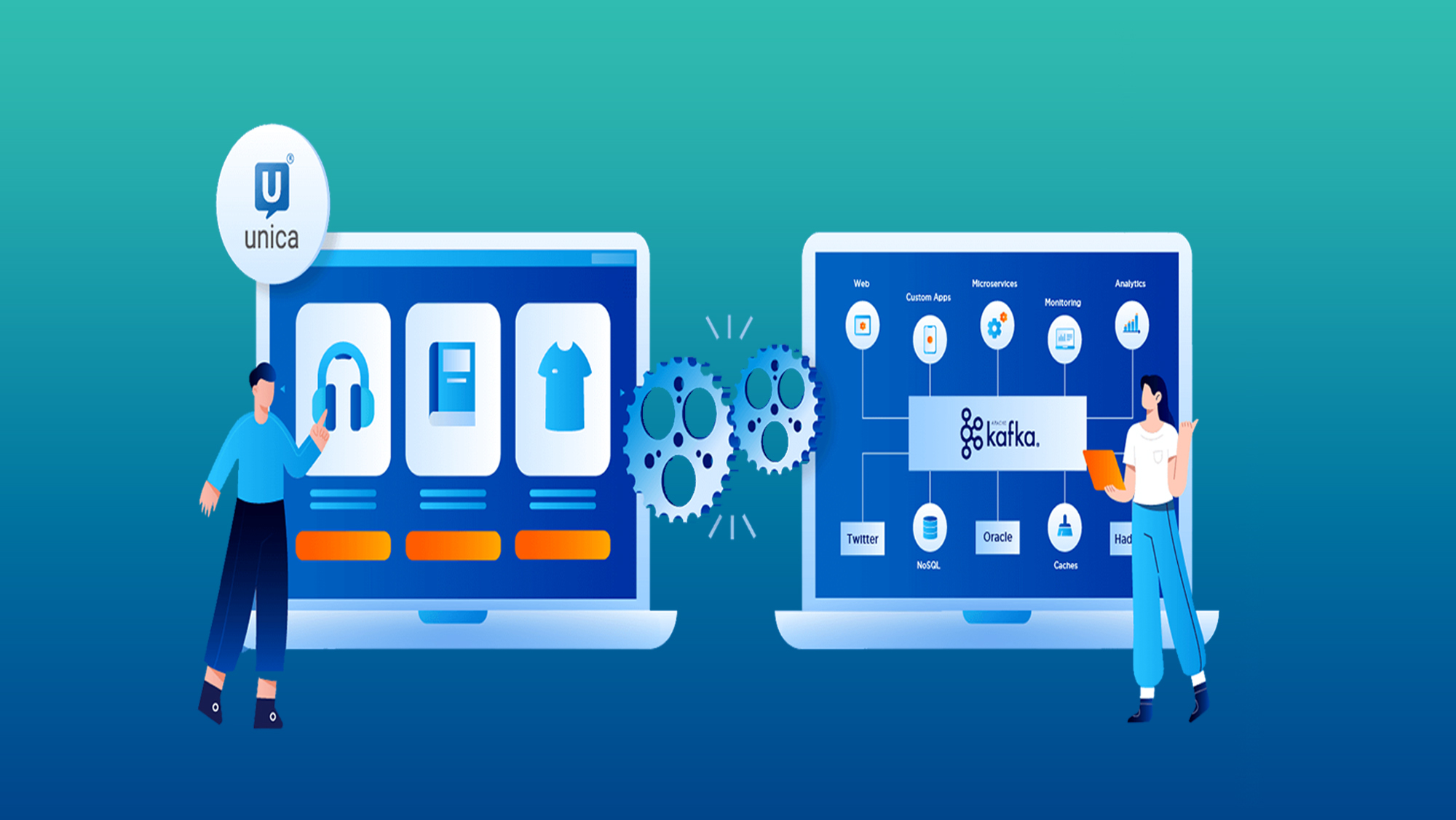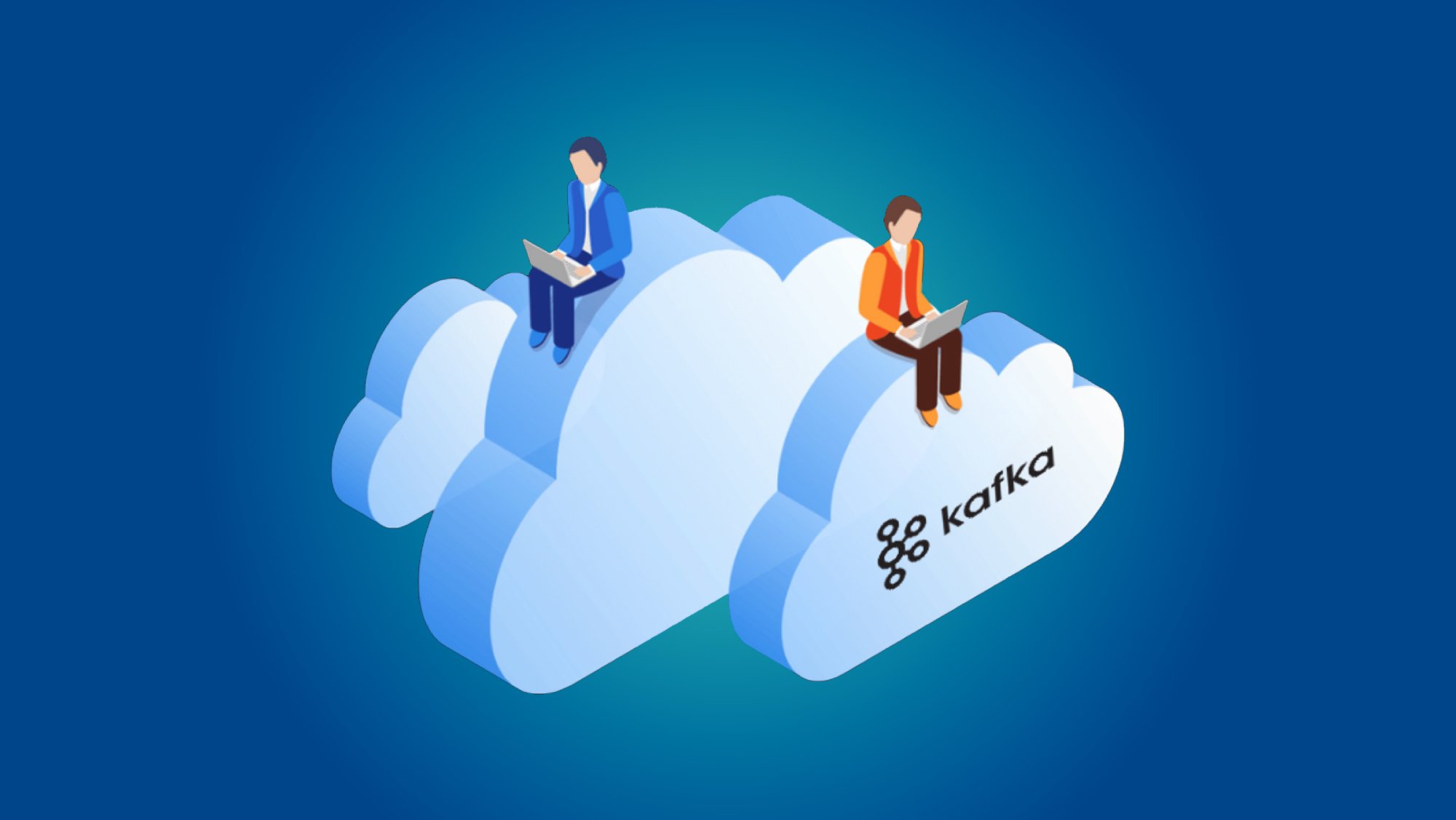Unlocking Apache Kafka: Building Scalable Data Pipelines
Introduction:
In today's data-driven world, organizations face the challenge of handling large volumes of data in real-time, ensuring reliability, and enabling seamless data integration across various systems. Apache Kafka has emerged as a powerful solution to address these challenges by providing a distributed streaming platform capable of handling high-throughput, fault-tolerant data pipelines. In this blog, we will delve into the world of Apache Kafka and explore how it can be leveraged to build scalable data pipelines.
Understanding Apache Kafka:
Apache Kafka is an open-source distributed streaming platform originally developed by LinkedIn. It serves as a publish-subscribe messaging system capable of handling massive amounts of data in real-time. Kafka follows a distributed architecture that enables seamless scaling and fault-tolerance.
Key Concepts:
- Topics and Partitions: Kafka organizes data into topics, which can be thought of as a particular stream of records. Each topic is divided into multiple partitions, allowing for parallel processing and scalability.
- Producers: Producers are responsible for publishing data to Kafka topics. They write data to specific partitions or let Kafka handle partitioning automatically.
- Consumers: Consumers subscribe to one or more topics and consume data from the partitions. Each consumer maintains its offset, enabling independent progress and scalability.
- Brokers and Clusters: Brokers are Kafka servers responsible for handling data and client requests. Multiple brokers can form a Kafka cluster, providing fault-tolerance and scalability.
Building Scalable Data Pipelines with Kafka:
- Data Ingestion: Kafka's publish-subscribe model makes it ideal for data ingestion. Producers can write data from various sources directly into Kafka topics, decoupling data producers from consumers and ensuring fault-tolerant ingestion.
- Data Processing: Kafka allows the seamless integration of data processing frameworks like Apache Spark, Apache Flink, or Apache Storm. These frameworks can consume data from Kafka, process it in real-time, and produce results back into Kafka or other downstream systems.
- Data Integration: Kafka acts as a central hub for data integration. It enables data streams from diverse sources to be merged, transformed, and efficiently delivered to target systems, databases, or data lakes.
- Scalability and Fault-Tolerance: Kafka's distributed architecture allows horizontal scalability by adding more brokers to the cluster. It automatically rebalances partitions and handles failover, ensuring fault-tolerance and high availability.
Use Cases:
- Real-time Analytics: Kafka enables organizations to process and analyze streaming data in real-time, providing insights for business intelligence, fraud detection, and customer behavior analysis.
- Event Sourcing: By persisting all events as an immutable log, Kafka enables event sourcing patterns, allowing organizations to maintain a comprehensive history of actions and state changes.
- Microservices Communication: Kafka facilitates communication between microservices by acting as a reliable and scalable message bus, ensuring event-driven interactions and loose coupling.
- Data Replication and Synchronization: Kafka's fault-tolerant and scalable nature makes it suitable for replicating data across data centers or synchronizing databases in near real-time.
Best Practices:
- Topic and Partition Design: Careful consideration should be given to designing topics and partitions to ensure even distribution, efficient processing, and fault-tolerance.
- Data Serialization: Choosing an appropriate data serialization format (e.g., Avro, JSON, Protobuf) and considering schema evolution is crucial for data compatibility and evolution.
- Monitoring and Operations: Implementing proper monitoring and alerting mechanisms for Kafka clusters, including metrics, logs, and consumer lag monitoring, is essential for maintaining a healthy data pipeline.
- Security: Kafka supports authentication and authorization mechanisms to secure data access and prevent unauthorized access to sensitive information.
Conclusion:
Apache Kafka has emerged as a powerful tool for building scalable data pipelines in modern data architectures. Its distributed nature, fault-tolerance, and real-time capabilities make it an ideal choice for organizations dealing with large volumes of data. By leveraging Kafka, businesses can achieve seamless data integration, real-time analytics, and scalable event-driven architectures.
In this blog, we have explored the key concepts of Apache Kafka and discussed how it can be used to build scalable data pipelines. We have also highlighted some common use cases where Kafka excels, such as real-time analytics, event sourcing, microservices communication, and data replication.
To ensure successful implementation, it is important to follow best practices such as thoughtful topic and partition design, proper data serialization, robust monitoring and operations, and security measures. With these considerations in mind, organizations can unlock the full potential of Apache Kafka and build efficient, reliable, and scalable data pipelines.
Apache Kafka continues to evolve rapidly, and it is advisable to stay updated with the latest advancements and features to make the most of this powerful streaming platform.
You May Also Like
These Related Stories

Everything You Need to Know About Apache Kafka Training

Apache Kafka Vs Other Messaging Systems: Data Streaming Showdown




No Comments Yet
Let us know what you think